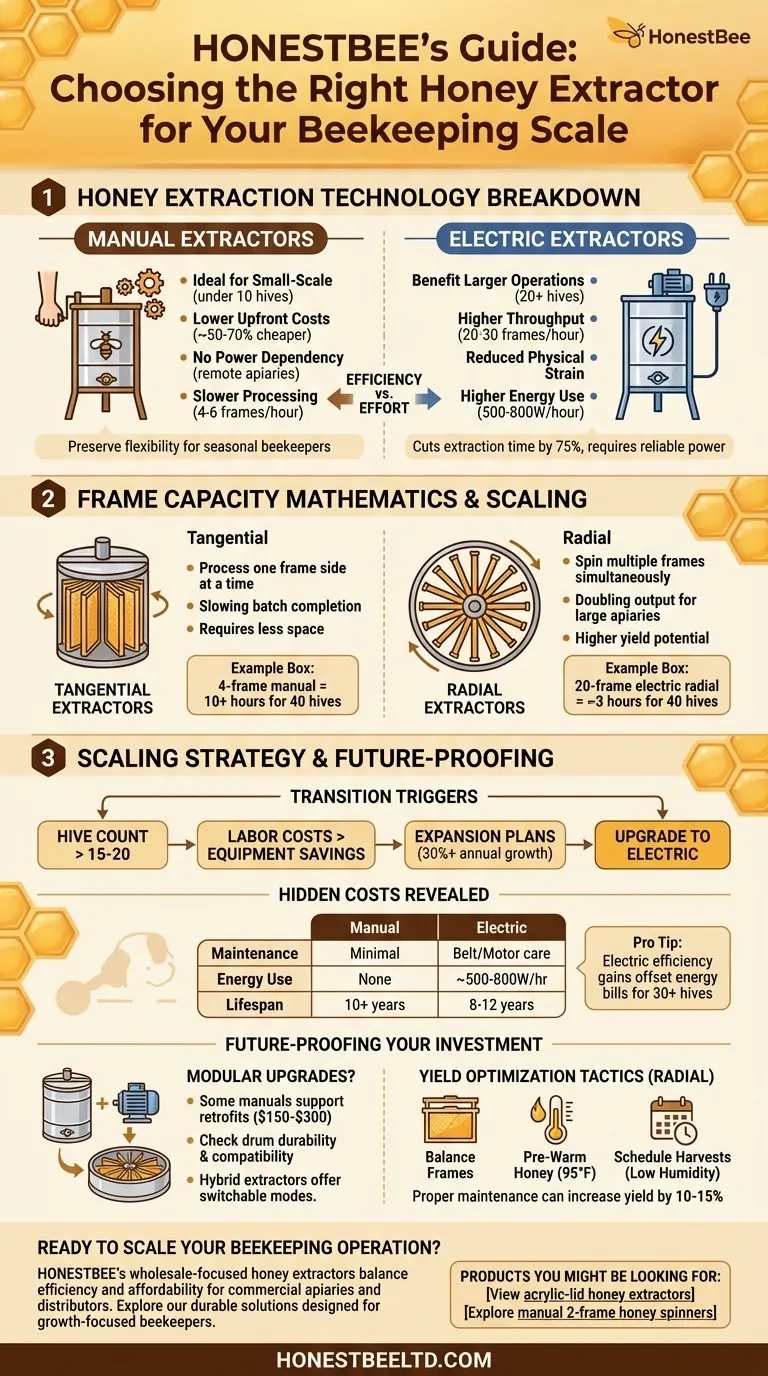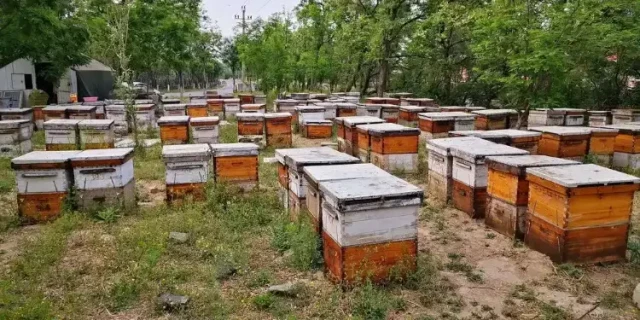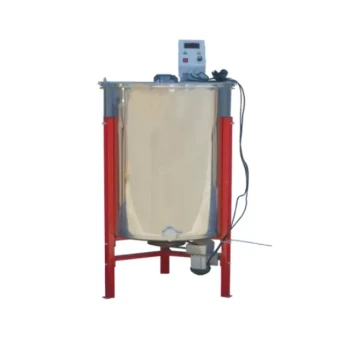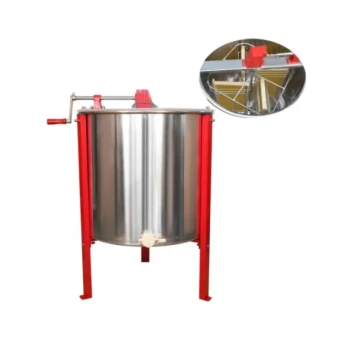Selecting the ideal honey extractor isn’t just about upfront costs—it’s about aligning equipment with your apiary’s size, labor capacity, and growth trajectory. Whether you’re a hobbyist or managing a commercial operation, this guide breaks down efficiency trade-offs, scaling thresholds, and future-proofing strategies to maximize your investment.
Honey Extraction Technology Breakdown
Labor vs Automation: Physical Effort Benchmarks Across Extractor Types
Manual Extractors suit small-scale beekeepers (under 10 hives) with:
- Lower upfront costs (approximately 50–70% cheaper than electric models)
- No power dependency, ideal for remote apiaries
- Slower processing: Extracts ~4–6 frames per hour due to hand-crank operation
Electric Extractors benefit larger operations through:
- Higher throughput: Processes 20–30 frames hourly with motorized spinning
- Reduced physical strain, critical for frequent harvests
- Higher energy use, requiring reliable power access
Key Consideration: Research shows electric models cut extraction time by 75%, but manual options preserve flexibility for seasonal beekeepers.
Frame Capacity Mathematics: How Design Impacts Batch Processing Speed
Extractor sizing hinges on frame capacity (typically 2–120 frames) and drum type:
- Tangential Extractors: Process one frame side at a time, slowing batch completion but requiring less space
- Radial Extractors: Spin multiple frames simultaneously, doubling output for large apiaries
Example: A 20-frame radial electric extractor completes a 40-hive harvest in ~3 hours, while a 4-frame manual system needs 10+ hours.
Scaling Strategy Alignment
Transition Triggers: Apiary Size Thresholds for Each Extractor Class
Upgrade to electric when:
- Hive count exceeds 15–20, making manual extraction impractical
- Labor costs outweigh equipment savings (e.g., hiring help for harvests)
- Expansion plans anticipate 30%+ annual hive growth
Hidden Cost Alert: Manual extractors may seem economical, but their slower speed risks honey crystallization in delayed processing.
Hidden Costs Revealed: Maintenance & Energy Draw Comparisons
| Factor | Manual Extractors | Electric Extractors |
|---|---|---|
| Maintenance | Minimal (no motor parts) | Belt replacements, motor care |
| Energy Use | None | ~500–800W per hour |
| Lifespan | 10+ years with lubrication | 8–12 years with upkeep |
Pro Tip: Electric models’ efficiency gains often offset higher energy bills for apiaries with 30+ hives.
Future-Proofing Your Investment
Modular Upgrades: Can Manual Extractors Be Motorized Later?
Some manual models support retrofit kits (~$150–$300) to add motors, but check:
- Drum durability: Older units may warp under higher RPMs
- Compatibility: Kits fit only specific brands and frame capacities
Alternative: Hybrid extractors offer switchable manual/electric modes, bridging transitional phases.
Yield Optimization Tactics for Radial Systems
Maximize electric radial extractors by:
- Balancing frames evenly to prevent motor strain
- Pre-warming honey (to 95°F) for smoother flow
- Scheduling harvests during low-humidity periods to reduce stickiness
Did You Know? Properly maintained radial systems can increase yield by 10–15% through thorough comb drainage.
Ready to Scale Your Beekeeping Operation?
HONESTBEE’s wholesale-focused honey extractors balance efficiency and affordability, helping commercial apiaries and distributors streamline harvests. Explore our durable solutions designed for growth-focused beekeepers.
Final Thought: The right extractor acts as a silent partner—whether it’s the simplicity of a hand-crank or the hum of a motor powering your honey’s journey from hive to table.
Products You Might Be Looking For:
View acrylic-lid honey extractors
Explore manual 2-frame honey spinners
Visual Guide

Related Products
- HONESTBEE 72 Frame Industrial Electric Honey Extractor for Beekeeping
- 8-Frame Electric Self-Reversing Honey Extractor Spinner for Commercial Honey Extraction Equipment
- 2 Frame Stainless Steel Manual Honey Spinner Extractor for Beekeeping
- Electric 8 Frame Honey Spinner Extractor Equipment for Beekeeping
- HONESTBEE 3-Frame Manual Acrylic Honey Extractor
Related Articles
- Tangential vs Radial Honey Extractors: How to Choose for Your Beekeeping Needs
- How to Extract Honey Sustainably: Maximizing Yield Without Harming Bees
- The Extractor's Edge: Why Preserving Comb is the Key to Apiary Profitability
- How to Choose the Perfect Honey Extractor for Your Beekeeping Needs
- How to Ethically Harvest Honey Without Compromising Bee Colony Survival




















